It is true that the main attraction of the Cistercian route are the three Cistercian monasteries that make it up, that of village, Santes Creus y Vallbona de les Monges.
But a route through this area of Catalonia, and specifically for the Tarragona province, also offers other corners that should be highlighted, such as the medieval walled town of Montblanc.
If you have decided to do the Cistercian Route, the town of Montblanc. You will find it just 10 kilometers from the aforementioned poblet monastery, so it is a clear invitation to visit it.
Butwhat justifies visiting Montblanc?
I am talking about a historic town whose origins date back to the year 1080 and which, today, preserves the largest walled enclosure in Catalonia.
All the information in detail
Curiosities about the history of Montblanc in Tarragona
Located in the region of Barberá Basin, this area of interior of Tarragona It was a border territory, and in its distribution between the nobles and the king, the latter kept the enclave that it now occupies. Montblanc. .
To facilitate its repopulation, the king granted licenses that in practice meant that its inhabitants were free of taxes, which led to it being called Vilasalva (saved village).
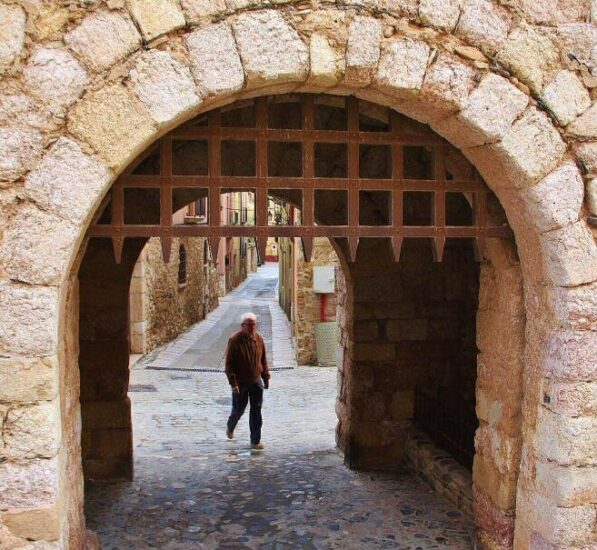
At first it was a town that was protected by the placement of its houses forming a walled enclosure, and also a strategic point as it is located halfway between Tarragona y Lleida.
El Montblanc town It grows around a hill where there was a castle of which today there are hardly any vestiges.
It was at the end of the 13th century and the beginning of the 14th century when its greatest development occurred, a time in which its big Wall and most of the main civil and religious buildings, but later suffered a great epidemic that caused its decay.
Montblanc. It had a commercial boom in the 18th century thanks to the production of vines, but a century later it was affected by the arrival of the phylloxera.
After Civil War Montblanc. It became an industrial town, and currently has about 7.000 inhabitants.

What to see when visiting Montblanc in Tarragona
Tu Montblanc visit will have as its main protagonist its walls.
In fact, guided tours offered by the town hall, and which you can sign up for, have as their central point the walk along the walls and on the climb to some of its towers.
Convent of San Francisco in Montblanc
But the first corner you should see is precisely outside the walls, and it is the old Convent of San Francisco, saint of whom tradition says that he passed through Montblanc. there for the year 1211.
It is a building from 1230, Gothic style but without transepts, with arches and a wooden roof, which in its time was polychrome, and a very austere façade.
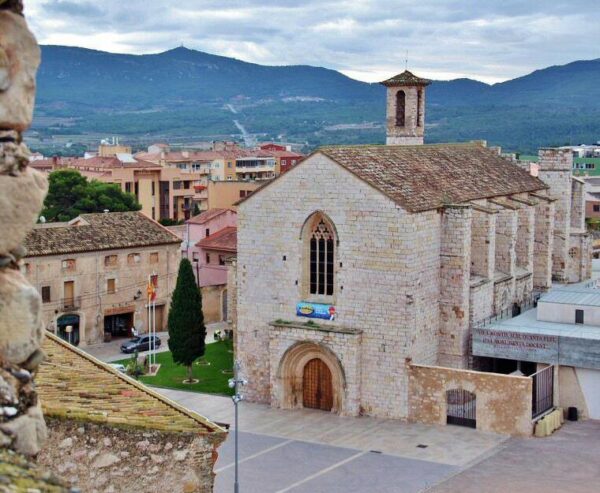
The convent was abandoned after the Disentailment of Mendizábal, in 1836, and subsequently had various uses, including a factory.
Now it is a multipurpose room used by the city council as a fairground and for events.
From the large esplanade that opens in front of the old Franciscan convent You have one of the best views of the wall, since a large part of it throughout the town is covered by adjacent houses.
Wall and towers of Montblanc
La Montblanc wall It was built between the years 1366 and 1397, during what is known as Peter's War.
With a length of about 1.700 meters and an average height of 6 meters, the wall currently has 25 defensive towers, although it is estimated that there were more than 30 towers.
ORGANIZE your TRIP
- Don't forget your TRAVEL INSURANCE with a 5% discount
- Book the HOTEL for your trip
- RENT a CAR for your trip
- The best TOURS and EXCURSIONS in Spanish
- NO-LINE TICKETS for museums and monuments
- Best FREE TOURS around the world
- Book your TRANSFER from the airport
- eSIM card with INTERNET at the best price
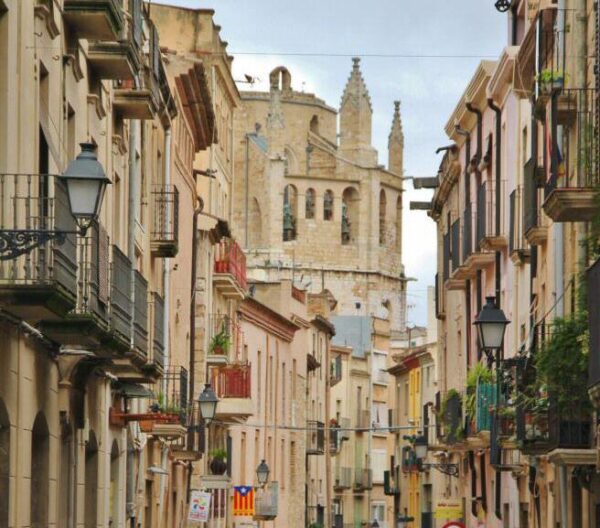
The four original portals are also preserved, two of which are portals open in towers, like the one in Saint Jordi. T
In the Montblanc wall There is also a fifth gate that was opened later, and at the time inside the fortification were orchards and a hospital.
This fortification and its towers began to be recovered during the last century, and now you find a wall in excellent condition, and various towers enabled to climb to the top of them.
During your visit you will be able to cross through these portals and climb the wall to make the round trip, from where you have some beautiful panoramic views of the town of Montblanc and its surroundings.
Montblanc Main Street
Already inside the town, during your walk through the main Street, ancient real street, you will find the church of San Miguel, with a Gothic structure and a Romanesque façade, similar to the aforementioned Franciscan convent.
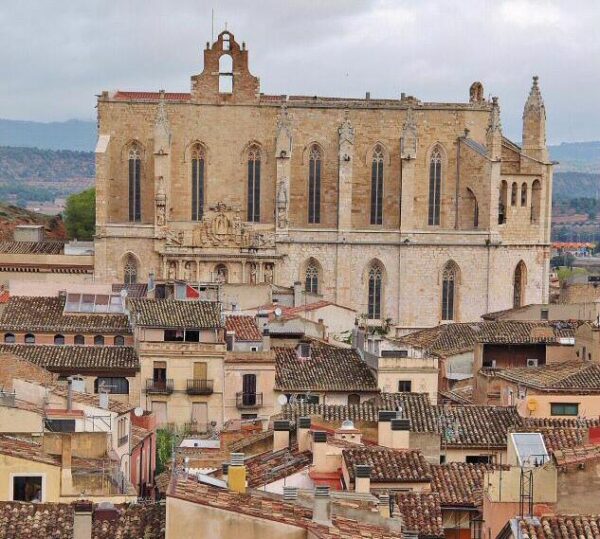
Church of Santa María de Montblanc
But main church of the town is known as Saint Mary of Montblanc.
In the year 1163, a first Romanesque church was built located in an upper area of the town, but it was in 1310 when it was decided to build the building of what was going to be a great Gothic cathedral.
Various events led to it not being completed, so that in the 15th century the works were finished without having to build the main façade and the bell tower.
Therefore, now when you go to visit it you will go up some stairs to the square where a side door opens. Renaissance style, and from its current interior configuration you will see that it was unfinished.
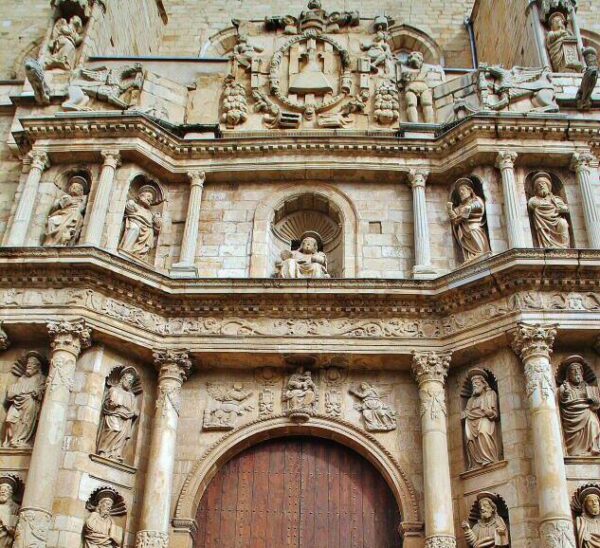
Finally I want to point out to you that a good reason for visit Montblanc is to attend your Medieval Week which is celebrated every year in the two weeks around July 23, the day of San Jorge, to whose legend the history of this medieval town is linked.
Map: how to get to Montblanc in Tarragona
El walled town of Montblanc is located inside the Tarragona province, towards the north half an hour from the capital, and it is also easily reached from Barcelona, from where it is just over an hour away.


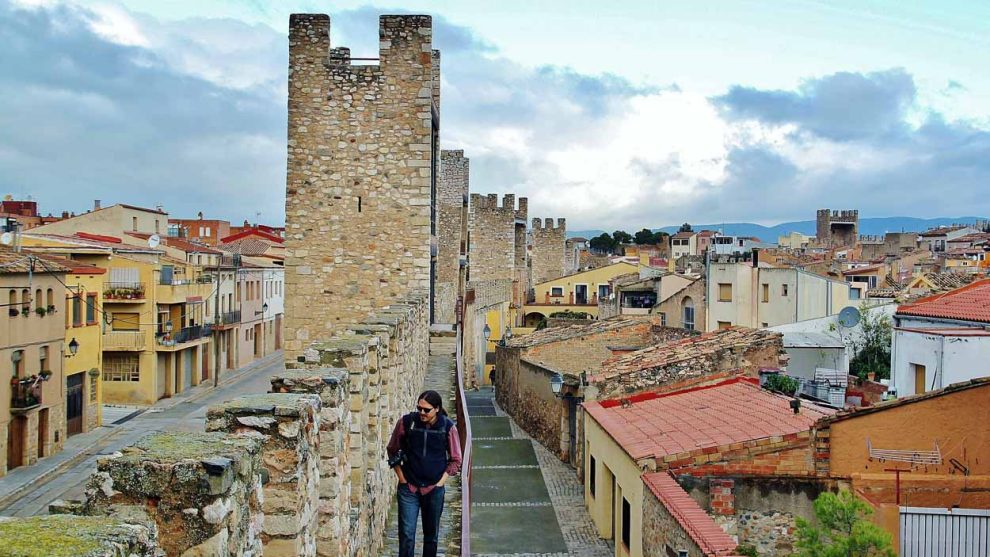

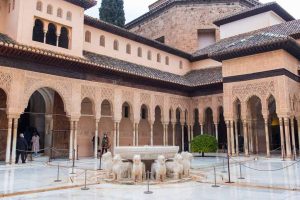
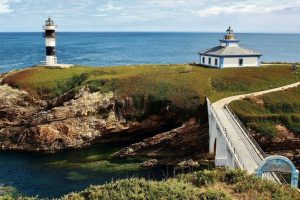











Good morning, will you have information about the municipality of ROJALS???
Good afternoon !
Sant Jordi's day is April 23.
Kind regards !
Vladimir Bashta